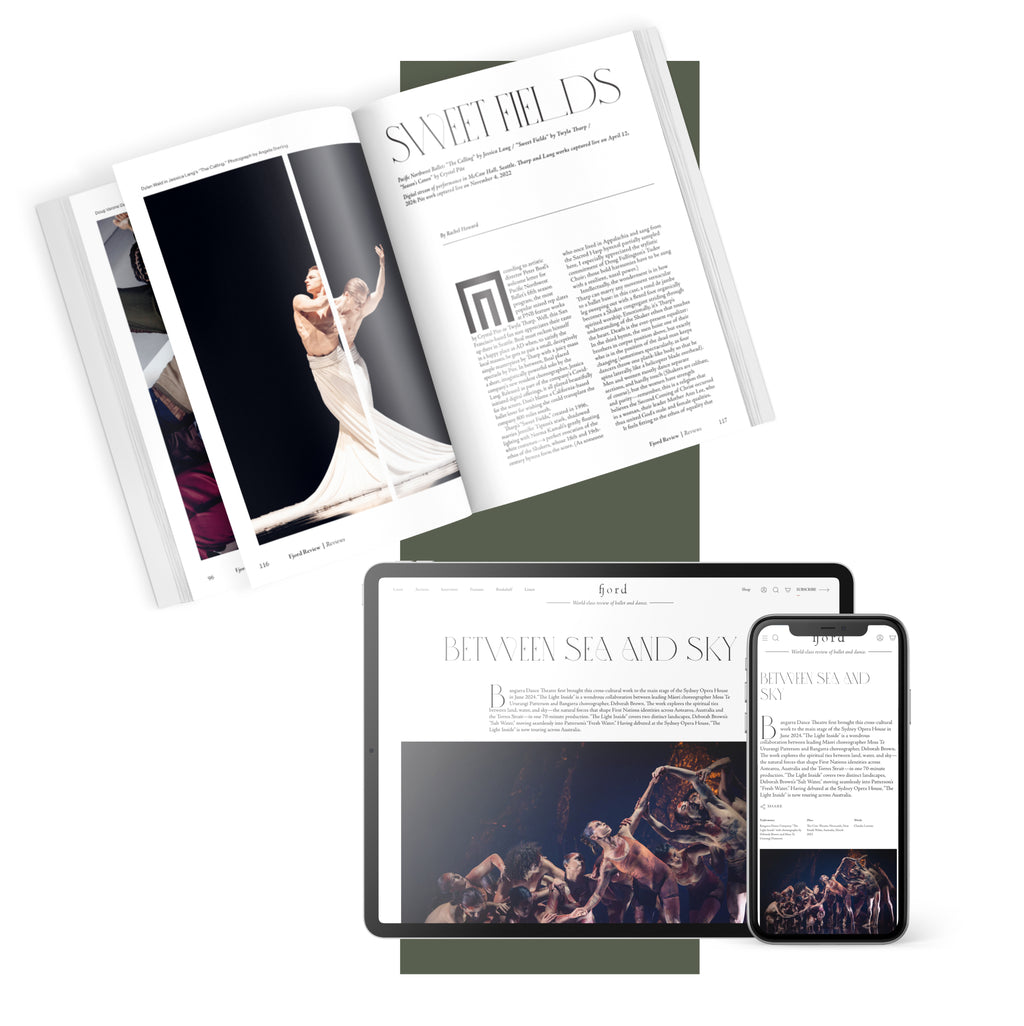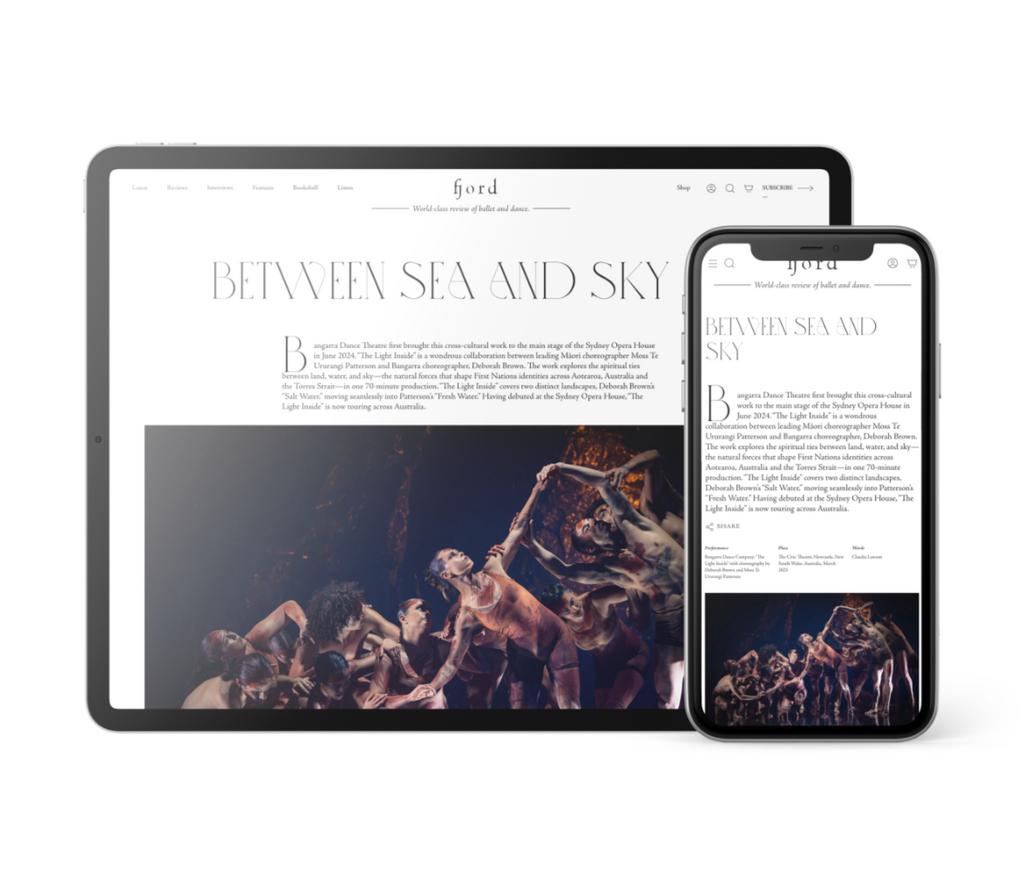The last song, “Touch a Hand, Make a Friend,” by the Staple Singers, builds into an ecstatic call to action. By this point, the dancers have, themselves, crescendo-ed into vibratory foot tapping, each moving at their own time and in their own space, internally building towards eruption.
But in contrast to the Staple Singers, who command rapturously to “Touch Somebody! Touch Somebody!,” the dancers just don't seem able to make the leap. Whether they can't or they won't is not clear—what Wilson shows us is that they don't.
Instead of responding to the call with responsibility and fervor, the dancers end back on the floor. The music is insistent; the dancers are indifferent. They roll slowly around each other, disappearing into the fading lights.
The dance is implicating: When the time comes, who among us will answer the call to act?
We'd like to think of ourselves as noble.
It is far more likely, as Wilson tragically demonstrates, that we will defer the call. We'll pretend we don't hear it. We'll lie down and around, waiting for somebody else to pick up.











comments